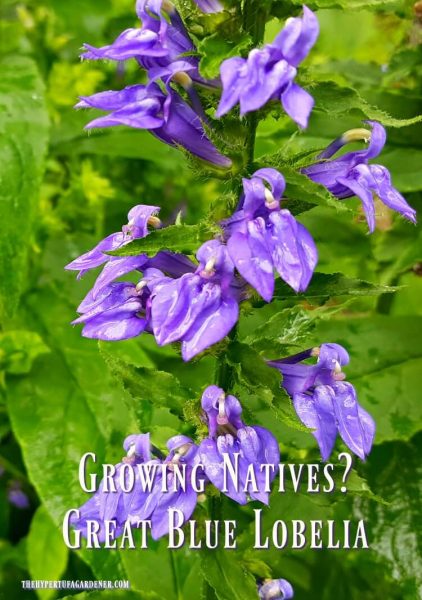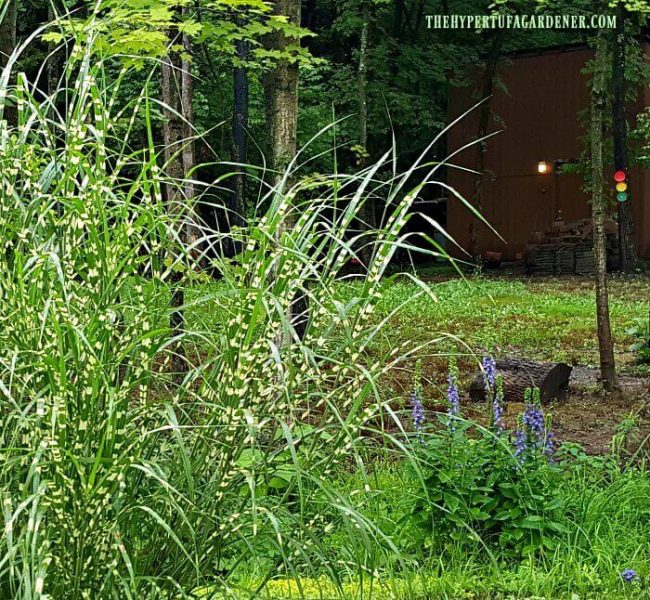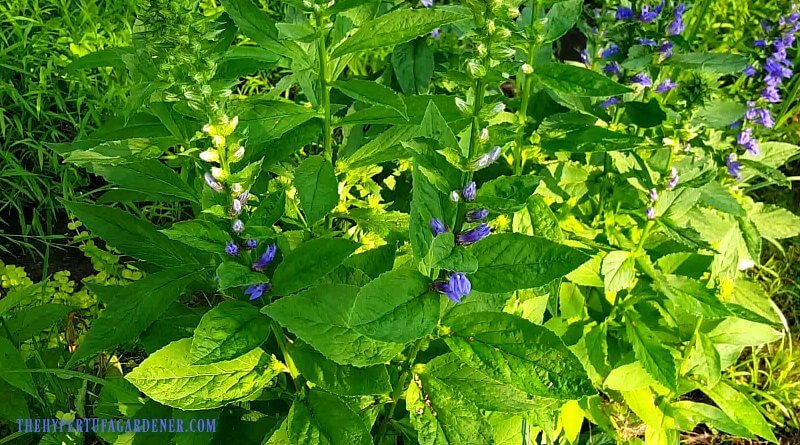Growing Natives? Try Great Blue Lobelia
My Woodland Surprise
Last year, I found this wonderful blooming plant in my back yard in the woodland area which has a small bit of water trickling through it. ( I call in a creek, but I don’t know that it really qualifies as one.) The blooms were tall spikes and the color was a deep and intense blue. I am glad to report that it is thriving and spreading in that location. I couldn’t be more thrilled.
I took a short film of it and put it on the Facebook Page and asked if someone could identify it for me. Right away, I got an ID. It was the Great Blue Lobelia ( Lobelia siphilitica) and it was growing in my yard. I was thrilled and immediately started telling my husband that he could not mow in my “wildflower” area. Jewelweed is also growing around this small (sometimes flowing ) bit of water and I wanted to keep it that way.
Here are some statistics for Great Blue Lobelia:
- Height: up to 36 inches
- Spread: up to 18 inches
- Hardiness zones: 3-9
- Filtered shade, it can take more sun if kept moist
- Naturalizes
- Moist soil but can tolerate short periods of drought
- Self sows and can easily be grown from seed

The Great Blue Lobelia is great for attracting bees ( especially the bumblebees), butterflies and hummingbirds. It grows well in clay soil and I have an abundance of that! Blooming time for this plant is July, August and September. The area where my GB Lobelia grows is moist a lot of the time. But during periods of no rainfall, the small creek gets dry and seems to not affect the plant.

The Great Blue Lobelia is a stately flower and grows in a colony. I can see how this one has grown larger since last year. I am hoping that it will naturalize along the area of the small creek so that I can enjoy it in late summer every year. I see the hummingbirds and bumblebees mostly hovering around it so I know it provides what my pollinators need. Some of the sources that I have seen called it invasive, but as with any plant, that may vary in your state or conditions. This lobelia is also cited as poisonous, so be cautious around children and animals Reference: Lady Bird Johnson Wildflower Center

One of the sites I visited listed medicinal uses for this plant. Caution: Use this info with care and only if you are very experienced in medicinal herbs and their use. It seems that the plant got its scientific name from its perceived ability to treat or cure syphilis. And if you know of an arguing couple, it makes them love each other again. Reference: Natural Medicinal Herbs.net
Thanks for stopping by today and be sure to Subscribe to my weekly post digest so that you don’t miss anything. Visit the Facebook Page and share your photos and creations. I would love to see them.



Wow. I can’t believe I haven’t heard of this one before. I love finding blue plants that are hardy to my area. Keeping an eye out for this one next year.
Thanks
I know what you mean. I found it in the back and had to post and ask what it was. It is such a pretty plant. But I am partial to blue.
Pretty! I’m envious of your moist woodland area, I have lots of trees but no water. I don’t think lobelia would do well in my dry shade areas. I’ll just enjoy the photos of yours!
Jenny
Oh, thanks so much. I am glad to hear you like those photos.